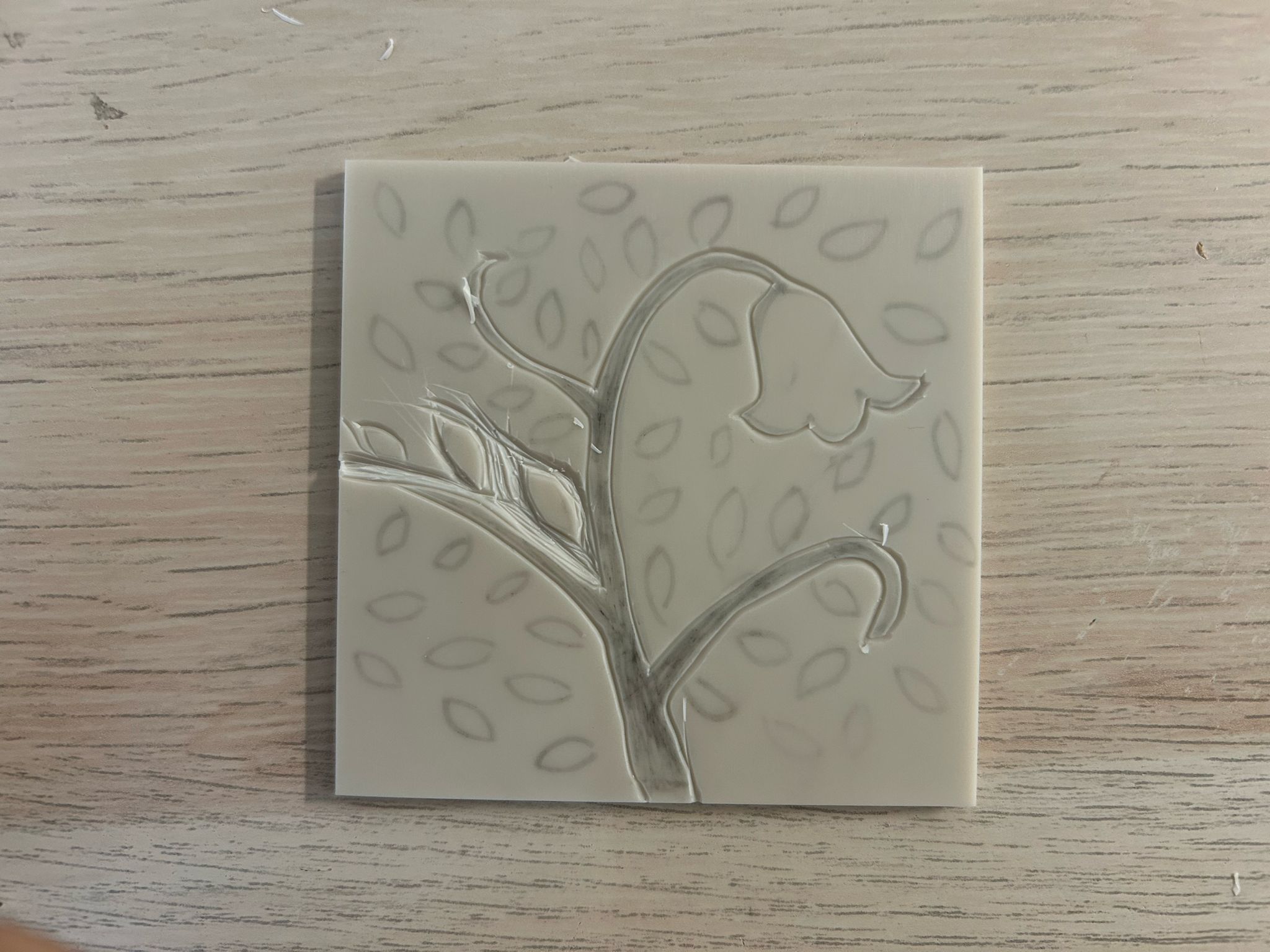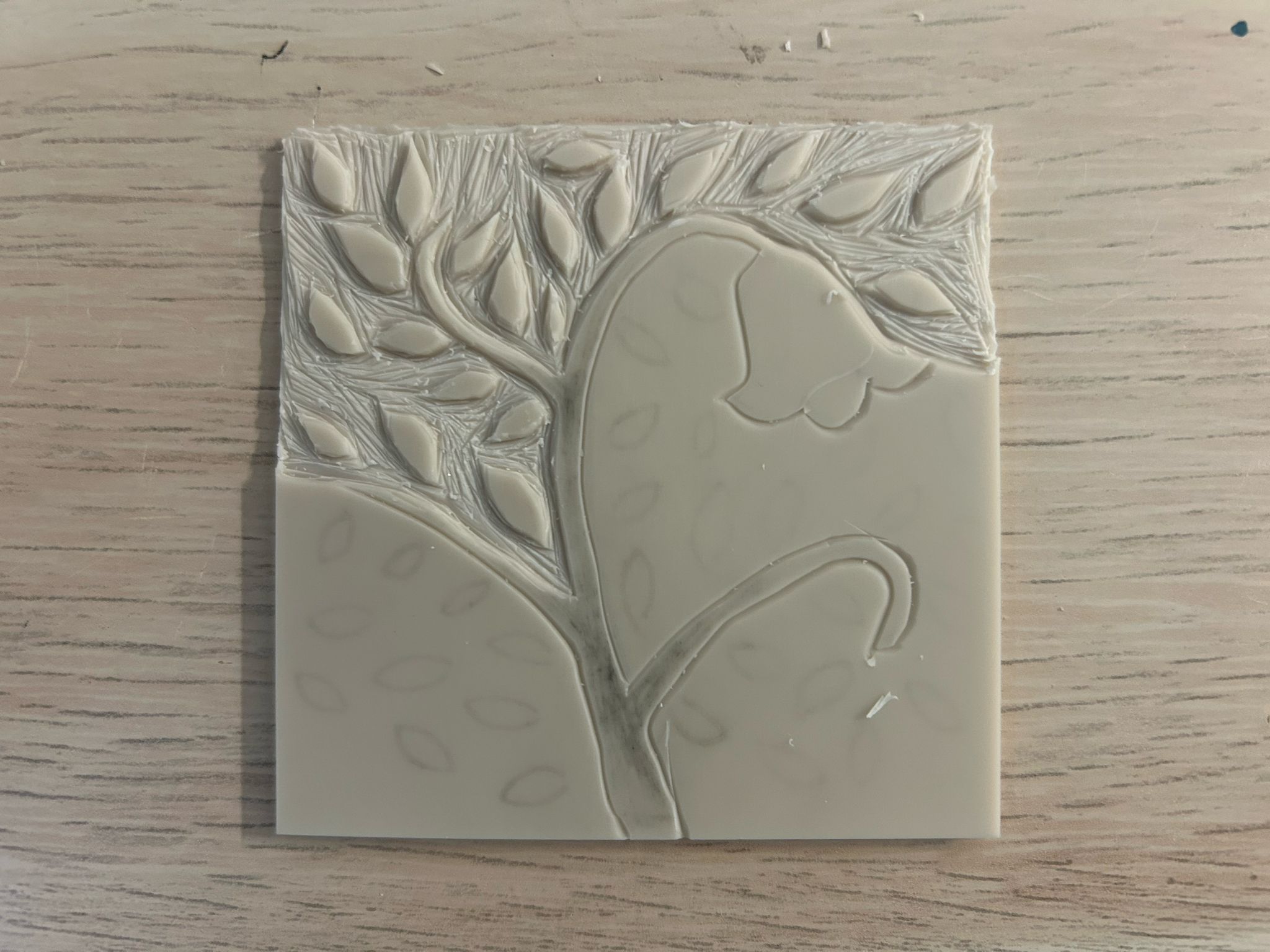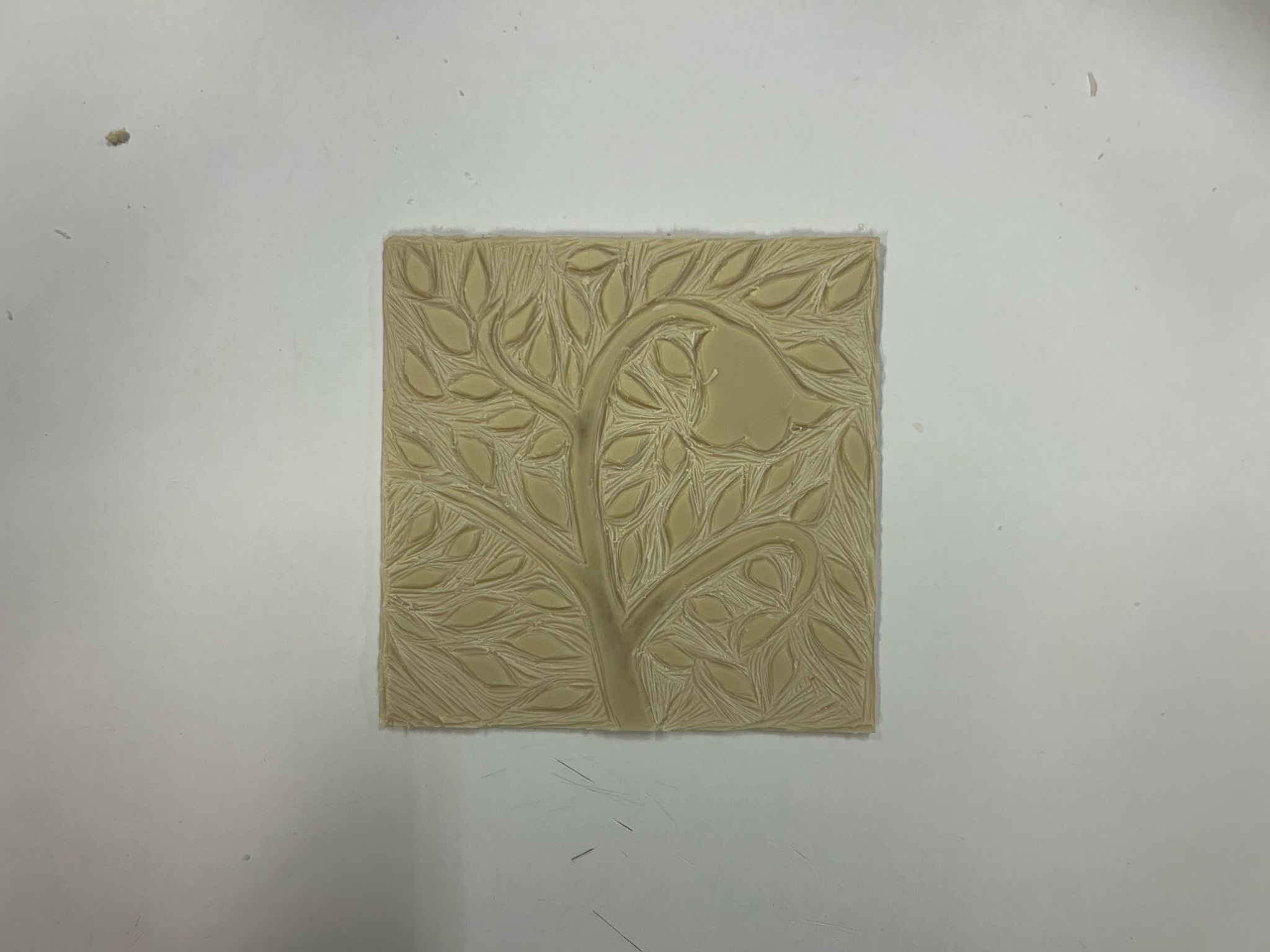Week-6
Prototype-3 & Dissertation
Multiple Button Inputs
This week started with learning how to incorporate multiple button inputs that share a common GND (ground - source of power/electricity). In week-3, it was established that having a page-flip detection could be quite complex in sight of the deadlines and the lack of knowledge about the tools that can be used for it. Despite this acknowledgement, I was unable to let go of the idea, so this week Andreas helped me understand how I could have one common GND between three different input sources (buttons) so that I can incorporate a page-flip detection. I also had a small test before the lab workshop where I crafted a small tool (tool A) that I can fit in a book to explore whether I am able to establish a page-flip detection in the storybook (Fig 6.1 and 6.2).
While the function of toolA is fine, its structure could use some improvement. Upon flipping the page, point2 and 3 do not touch each other in order to trigger activity on the screen and they are required to be manually touched. Having an additional layer inserted in point1 in fig 6.3 so that point2 and 3 touch each other automatically instead of having to press it manually.
Coming back to the lab workshop (fig 6.4) While understanding how to incorporate multiple inputs, I also understand the importance of planning the map of the copper tape for the final artefact and maybe exploring more options for the set-up of the copper tape before setting up the paper pop-up and the rest of the book.
Consultation for final dissertation
This semester I kept revisiting the literature review while this semester was more about the progress in studio work. Currently, there is very little progress in studio work and it does not provide any key findings for the dissertation which worries me. This week I plan on building a working prototype that aims to assess whether the story is narrated effectively and if the prototype functions could improve further. I understand the time constraint and this is pretty last minute but I feel like I need to do this in order to answer the research question - “how does physical computing enhance papercraft interactivity?”. The first prototype that I built last semester did not exactly answer the question as physical computing and papercraft were kept on separate pages in the interactive publication. For this prototype, I want to try and blend both papercraft and physical computing. I want this prototype to serve as a map for what the final outcome is directing towards. Additionally, I am also planning to have a lino printing outcome as it is also an important part of my interactive storybook.
Lino Printing
Just carving the lino took more time than I had anticipated. Last week, I had destroyed one lino, however this week I wanted to try and be a bit subtle with the lino while carving the design onto it. It was going quite well and in the lab session with Andri and Vincente, they mentioned that I don't have to carve so deep. I could also use a pvc-lino sheet that has different colours or I could paint the soft-lino sheet with a colour different than the sheet considering that once I can see a different colour, I don’t have to carve any deeper. I was successfully able to carve this visual, however I also realised I needed a bit more practice.



Prototype-2
For this prototype, I just tried to iterate the first prototype. Keeping in mind that the first prototype did not effectively communicate the narratives, the objective for this narratives was whether the narratives were communicated effectively or not. With this I also thought about conducting a small experiment - I would just have the participants read the narrative in the form of facts and then have them interact with the storybook where they go through the same facts but in a narrative format. The objective for this experiment was to find out that when an information is displayed in a narrative format, does it help to understand/remember. Additionally, due to the time constraints I was not able to create digital content for the screen and personally I was quite confused and not sure about it too.
I additionally created a google form where I asked a few questions to understand the experience of the participants (fig). Based on the response I understand that this prototype is not exactly as successful because firstly I noticed and a participant mentioned that having to look at the screen and the book at the same time is quite distracting. There is confusion as to where to focus and the flow of narrative could break there. Secondly, just having a button crafted on the book and a slideshow on the screen sort of makes it feel like the book is just like a remote, and doesn't have much to look at. The next step is to find a way to figure out how to keep the flow of going through the book intact and still have the book and the screen to look at. Also, I did not use very nice quality paper which affected the paper pop-ups. So exploring good quality material was also important.